The isolates of wild lytic phages from the transient stocks are propagated with the corresponding host bacterial isolates and the representative standard reference bacterial strains using the plate method as follows:
Procedure
- Prepare 10-folds serial dilutions (10–1–10–7) with Lambda buffer for the phage stock solutions by taking 100 µl of the phage solution into 900 µl of lambda buffer.
- Transfer 100 µl of each dilution for each phage stock solution into 15 ml volume sterile plastic containers containing 100 µl of 109 CFU ml–1 of 18 h bacterial host LB culture and incubate at 37 °C.
- After 10 min incubation adds 2.5 ml of top layer agar cooled to 45 °C and poured over Luria Agar plates and incubate at 37 °C for 18–24 h.
- Plaques morphology and growth characteristics are recorded according to the following parameters:
(i) plaque visible time,
(ii) clarity or turbidity of the plaque,
(iii) diameter (mm) of the plaque,
(iv) shape of the plaque,
(v) depth of the plaque,
(vi) margin cut.
This protocol was originally published by Aldori et al (2015) with slightly modifications
Reference article
Barbosa, L. N., de Almada, A. F. B., Junior, J. A. S., Del Vechio, M. A., Bezerra, K., Espolador, G. F., … & Gonçalves, D. D. (2020). Bacteriophages’ action against mastitis-causing bactéria. Research, Society and Development, 9(10), e1849108541-e1849108541.

